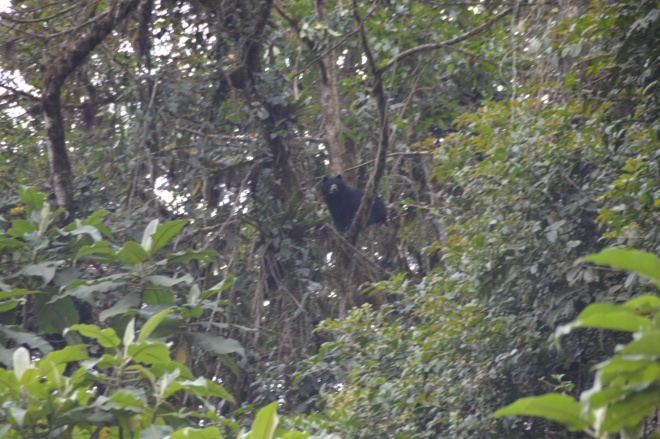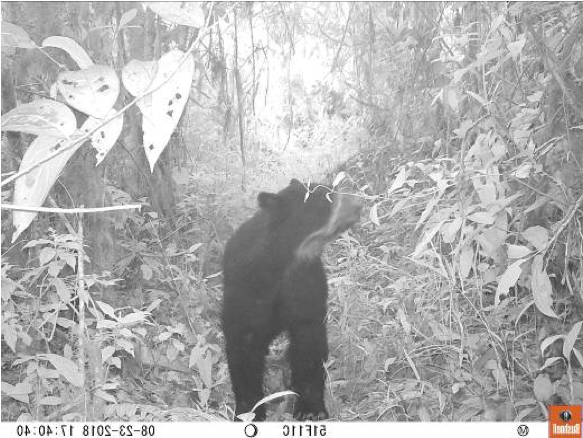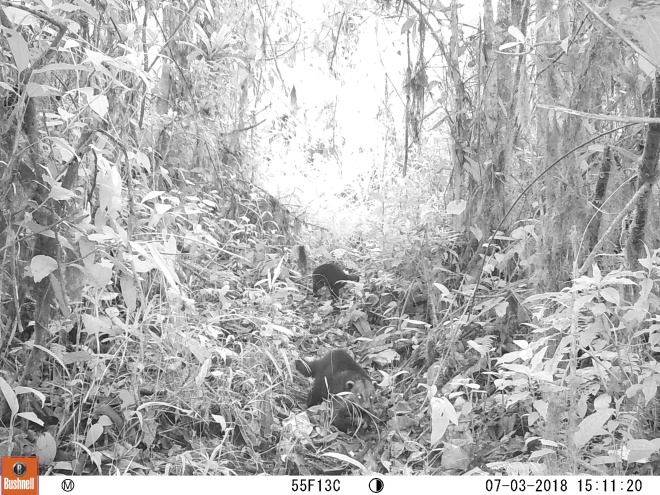It seems that the Neblina Reserve comes alive at night! Meet some of the nocturnal creatures that wander through this protected area of cloud forest in Intag, Ecuador.
The threatened species that roam Neblina Reserve at night

The Puma (Puma concolor) is listed as Least Concern on IUCN Red List but their population is in decline. Threats include habitat loss due to commercial development, agriculture and poaching of their prey.
The Northern Tiger Cat (Leopardus tigrinus) is listed as Vulnerable on IUCN Red List. There are thought to be 8,000 - 10,000 mature individuals left and their population is decreasing due to habitat fragmentation as a result of mining, commercial development and agriculture.

The Andean bear (Tremarctos ornatus) is listed as Vulnerable on the IUCN Red List. According to IUCN, there are 2,500 -10,000 mature individuals left and their population is decreasing. Threats this species is facing include climate change, mining, agriculture and habitat loss.

The Striped Hog-nosed skunk (Conepatus semistriatus) is listed as Least Concern on the IUCN Red List. Its population size is currently unknown.

The Mountain Coati (Nasuella olivacea) is listed as Near Threatened on the IUCN Red List. Their population size is unknown but threats include commercial development, agriculture, road-building and biological resource use.
